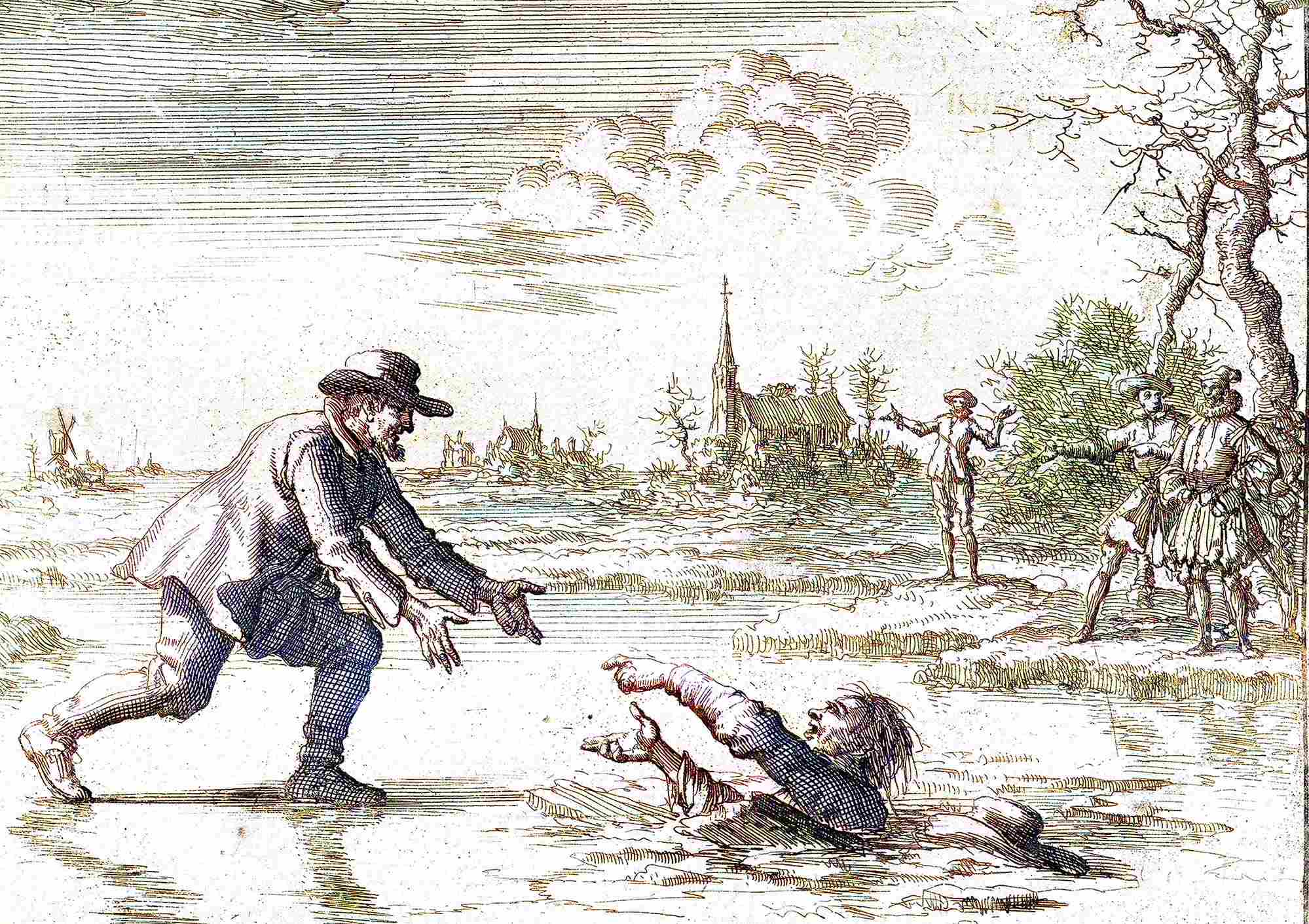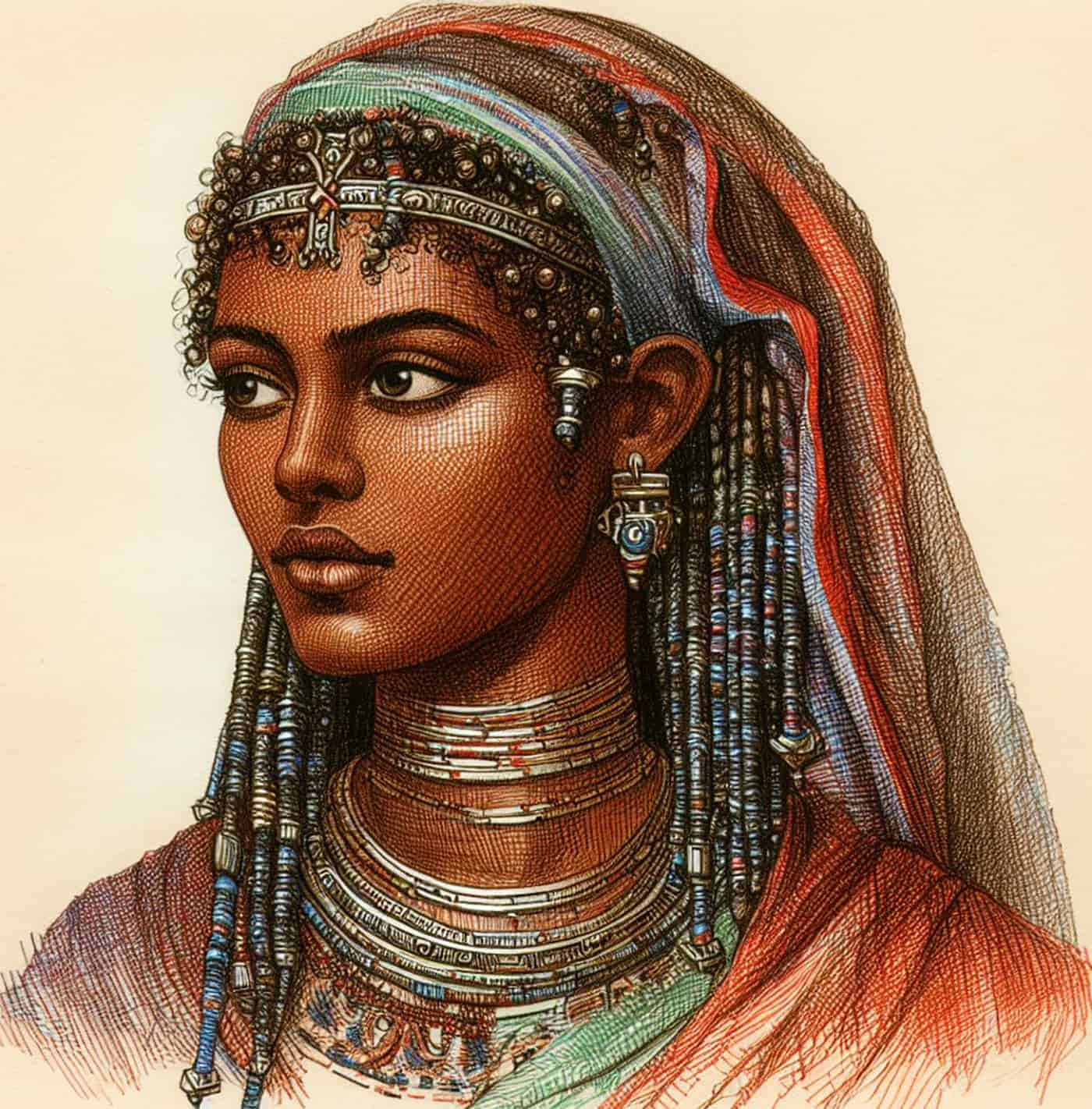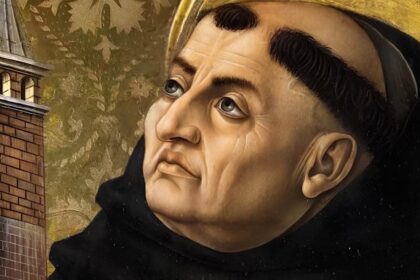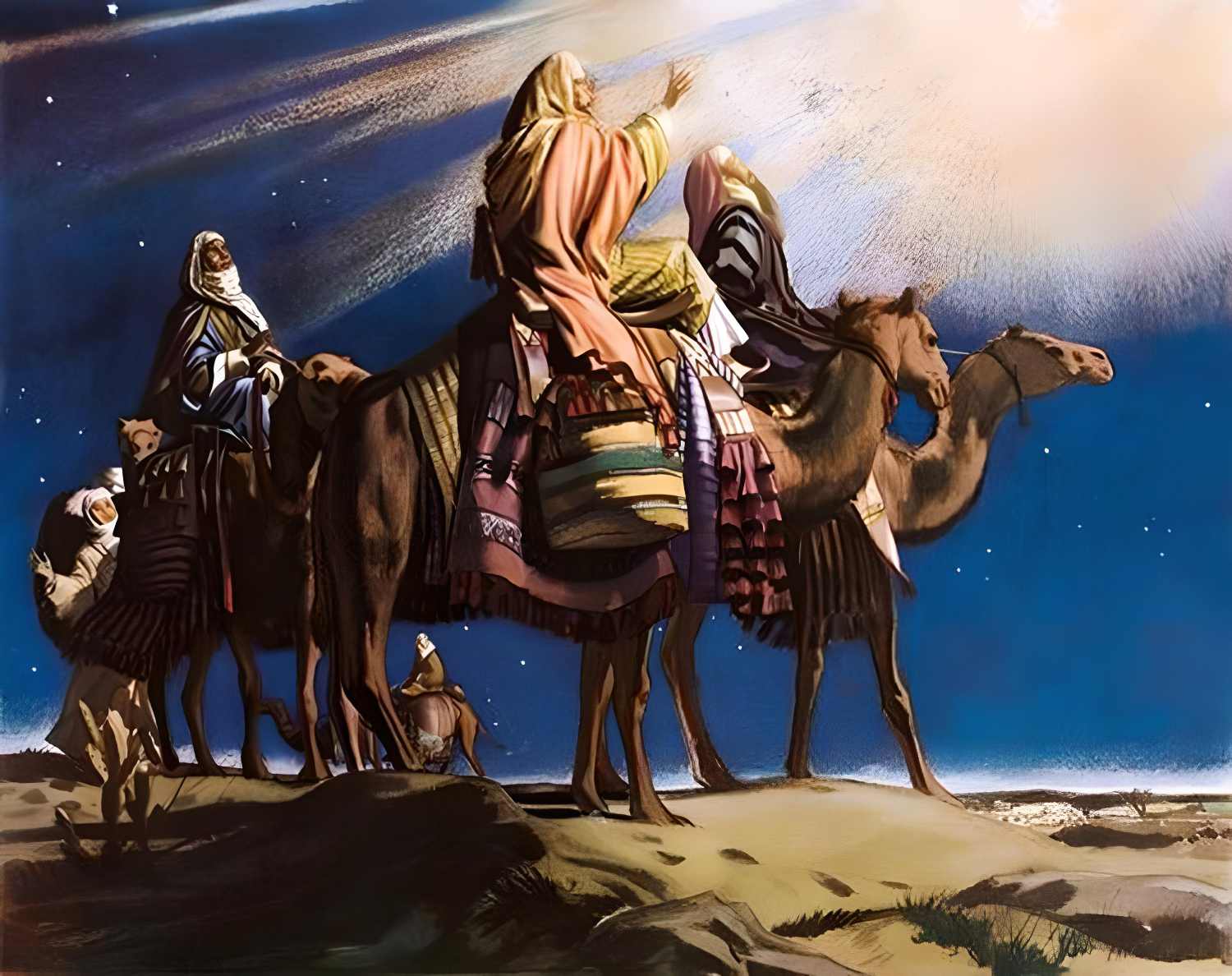The Appearance of Jesus at a Glance
What did Jesus look like in real life?
The exact appearance of Jesus is unknown since there are no preserved contemporaneous art or physical remains. However, based on historical and cultural context, it is believed that Jesus had brown eyes, wavy or curly black hair, and shared physical characteristics with his close relatives from the ancient Jewish community in Galilee. He likely had a short beard as well.
How was Jesus depicted in different cultures and eras?
Jesus has been depicted in various ways throughout history and in different cultural contexts. In European depictions, he was often portrayed with fair skin, long brown/blonde hair, and European clothing. In Roman depictions, Jesus was depicted as a god of shepherd, a sun god, and even as a Roman emperor.
Are there any scientific reconstructions of Jesus’ appearance?
While there is no definitive scientific reconstruction of Jesus’ appearance, some attempts have been made based on genetic and anatomical examinations of bone findings and the typical look of the ancient Jewish community in Galilee.
Is there any contemporary evidence supporting the appearance of Jesus?
The ancient Levantine culture, including ancient Israel, had people with darker complexions due to spending significant time outdoors in the Mediterranean heat. Based on this, modern-day Israeli shepherds, who maintain a similar lifestyle to their ancestors, can offer some insight into the possible appearance of Jesus.
How did the depiction of Jesus evolve over time?
The depiction of Jesus has evolved throughout history as different cultures and artistic styles emerged. Early depictions, such as those from the 3rd century AD, showed Jesus with shorter hair, a garment, and sandals, reflecting the cultural context of the time. Later, during the Roman period, Jesus was depicted as a shepherd, a sun god, and even as a Roman emperor, incorporating elements from Greco-Roman mythology and imperial imagery.
Christians mark the day in 30 or 31 AD when the Romans crucified Jewish itinerant preacher Yeshua bar Yosef – “Jesus, son of Joseph.” But what does history know about the possible appearance of Jesus? The New Testament places the birth of Yeshua or Jesus (which came from Iesous in Greek), during the reign of the Roman Jewish client King Herod. Since Herod died in 4 BC, the birth of Jesus must have occurred earlier (contrary to today’s calendar system that would subsequently bear his name), most likely between the years of 7 and 4 BC. So, what did Jesus look like in real life?
The Birthplace of Jesus
Although the tale of his birth appears in two of the four canonical gospels, it may have been added as an afterthought to connect Jesus to the hometown of King David and the related messianic prophecy. Jesus’ hometown of Nazareth is a more plausible candidate for his birthplace (see also: Was the Star of Bethlehem Real?). There he was raised by his craftsman father Joseph (Yosef) and his wife Mary (Myriam), together with his [half] siblings, and Jesus was likely taught both the Bible and his father’s crafts.
What Did Jesus Look Like?
Christianity is the largest religion in the world today, but throughout the years many other sects and denominations have formed, each with its own canon of Scripture, rituals, festivals, and, of course, depictions of Jesus or the Christ figure. Jesus has been pictured in many ways, yet scholars cannot agree on a single one.
Yeshua or Jesus, the Jewish rabbi, was already transformed by the Romans into a European figure with a short Roman haircut and a Greek philosopher’s beard in order to fit in with their society.
Jesus was depicted as a shepherd with sheep to resemble Hermes, the herald of gods in Greek mythology. He also appeared as the ruler of the gods in splendid garments like Zeus or Jupiter.
Another depiction of Jesus is as the sun god (like Helios or Sol Invictus) with a chariot and aureole, a radiant light around the head or body. Last but not least, the Romans even depicted Jesus as a Roman emperor in armor and a purple cloak.
Various Depictions of Jesus
Below are historical depictions of Jesus’ appearance, popular images, and paintings in art. Some of them are among the oldest drawings of Jesus.
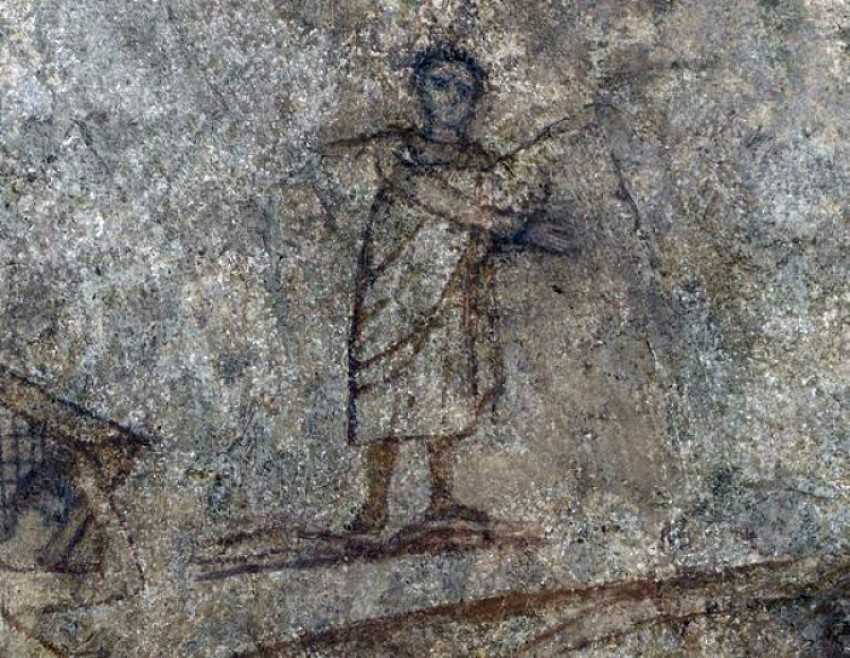
The above depiction is from the 3rd century AD, and it was discovered in the border city of Dura Europos, which was founded in 300 BC in the Syrian Desert. The city was used during Hellenistic, Parthian, and Roman times.
One of the earliest depictions of Jesus is from the 3rd century AD, Dura-Europos, Syrian Desert.
The drawing shows Jesus without a beard, with curly short hair, a garment, and sandals. His legs still show a darker skin color, which is in line with the Middle Eastern desert people of the time. Jesus with white skin is the work of European artists.
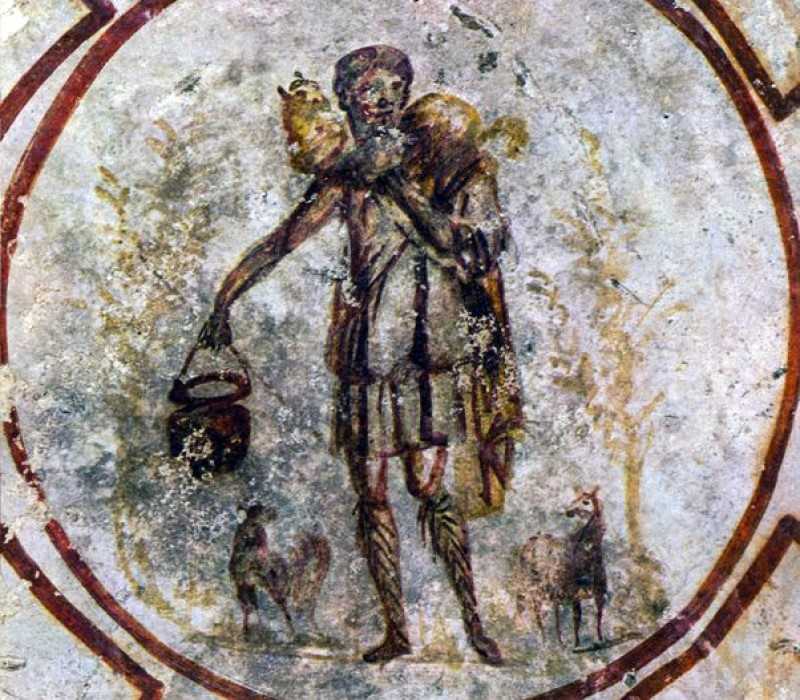
From the Catacomb of Callixtus near Rome, the 3rd century AD depiction portrays Jesus as a shepherd with a long beard and carrying a flock of sheep on his shoulders.
This depiction shows Jesus with a light skin color, European clothing, and body proportions that varied according to the artist’s origin. The purpose of this drawing was to align Jesus’ status with the ancient Roman god(s) of shepherds, Hermes or Pales.
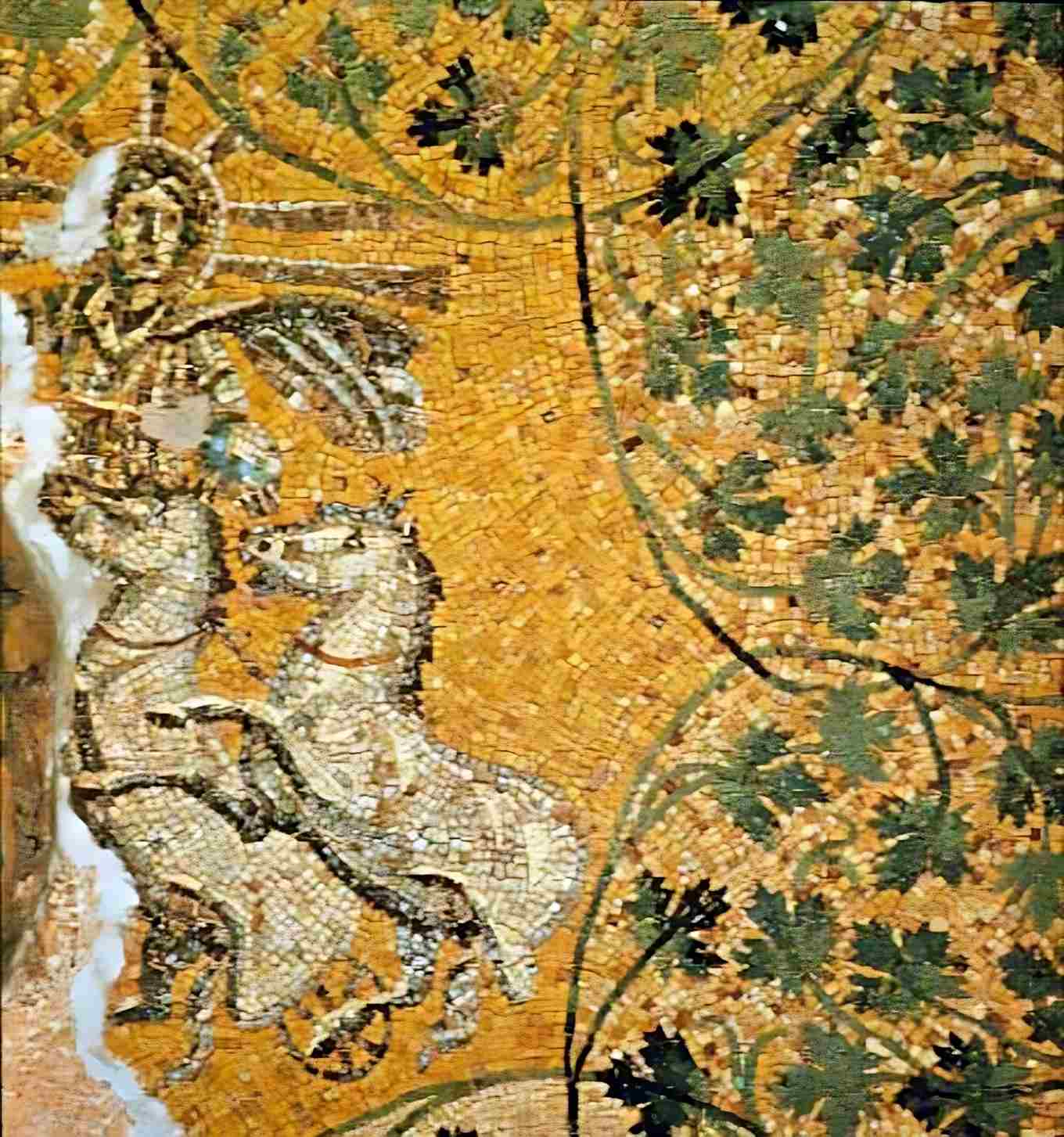
The above mosaic from the 3rd century AD, found under St. Peter’s Basilica, depicts Jesus riding a chariot and wearing solar rays. In this mosaic, Jesus is depicted as the sun god Sol Invictus or Helios, which was the official sun god of the Roman Empire. He rides a chariot and scatters aureole lights around his head.
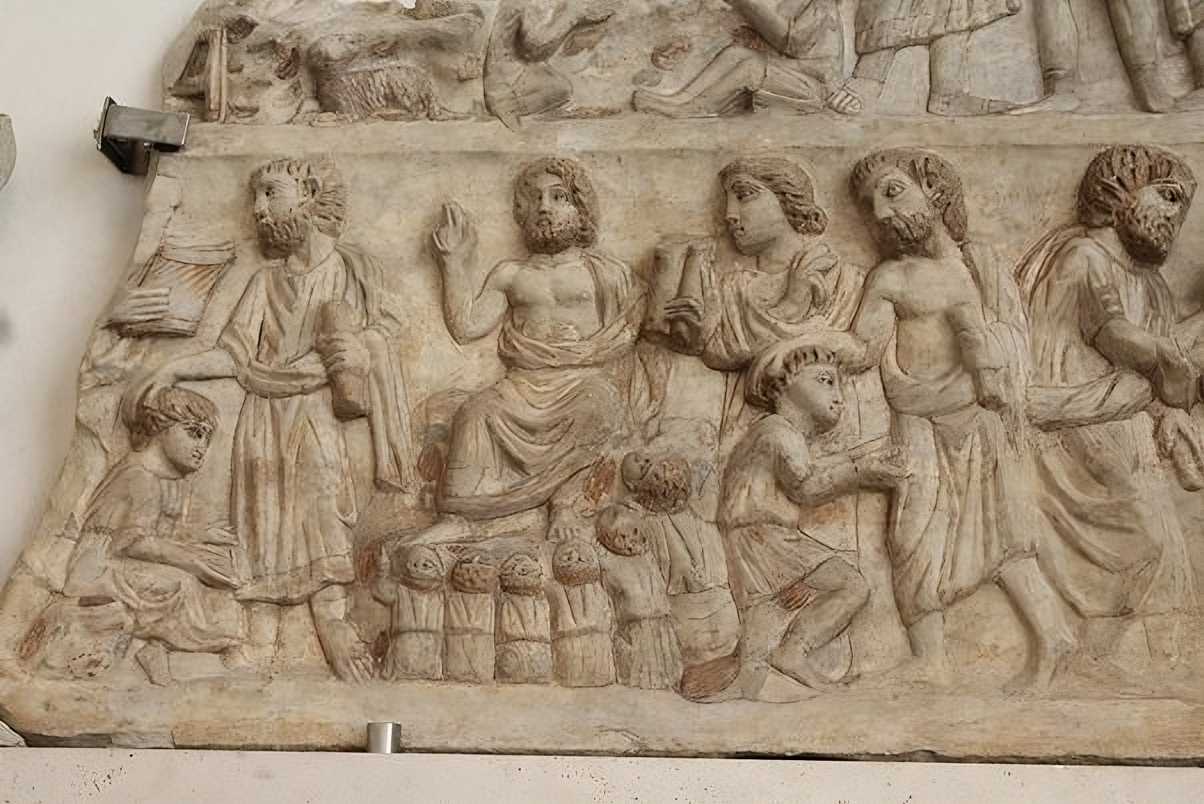
Approximately 290–310 AD, a Roman gravestone depicted Jesus dressed as a sage with a toga and beard. He is seen with the philosopher’s beard of the ancient Greek civilization, including their traditional clothing. Jesus is gesturing the hand of benediction with his right hand, which originates from Saint Peter and his ulnar nerve entrapment disease.
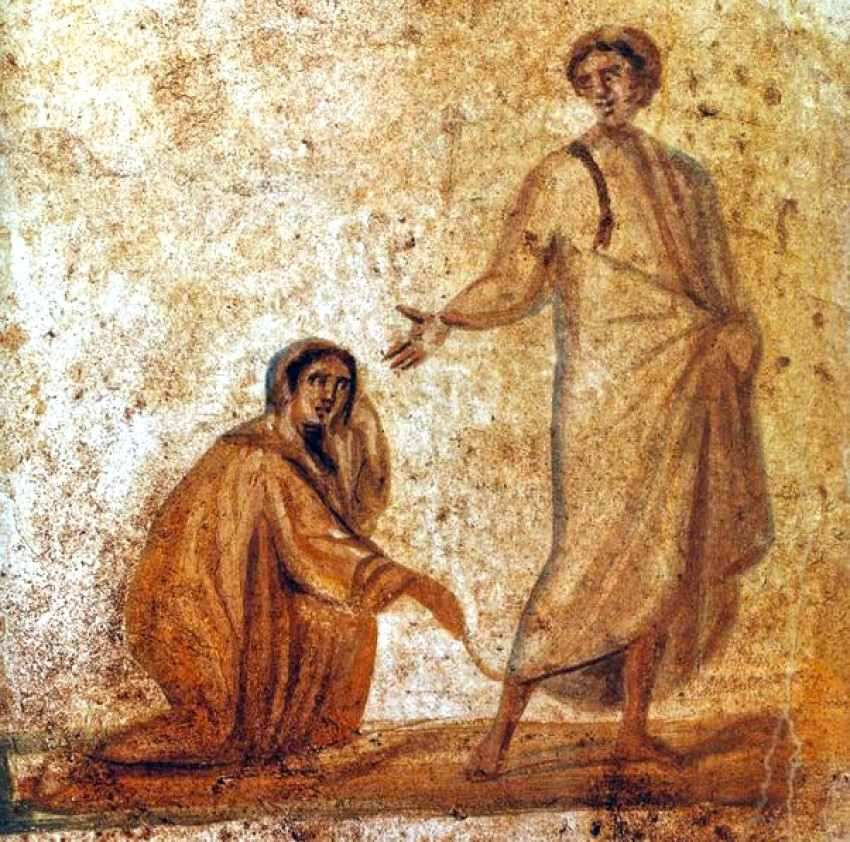
Jesus has a short haircut and is dressed in a Roman toga in a 4th-century AD painting in the Catacombs of Saints Marcellinus and Peter, Rome. The catacombs date to the same period. Jesus looks similar to his sun god depiction from the 3rd century AD.
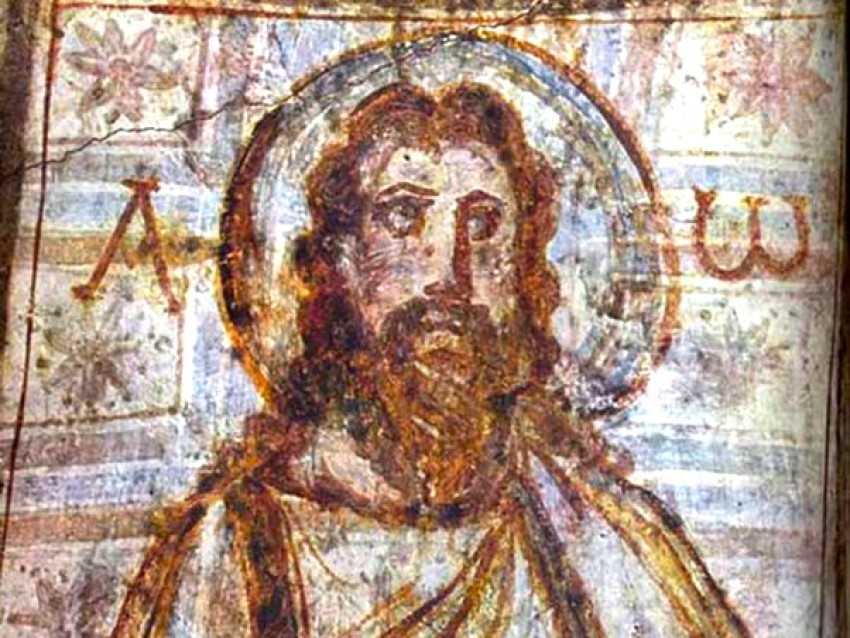
Catacombe di Commodilla near Rome, dating to the 4th century AD, depicts Jesus with long hair, a beard, and southern European facial features.

In the Roman basilica of Santa Pudentiana in Rome, about 400–410 AD, Jesus is shown enthroned as the ruler of the universe in the form of a god-king similar to Jupiter or Zeus in ancient Greek.
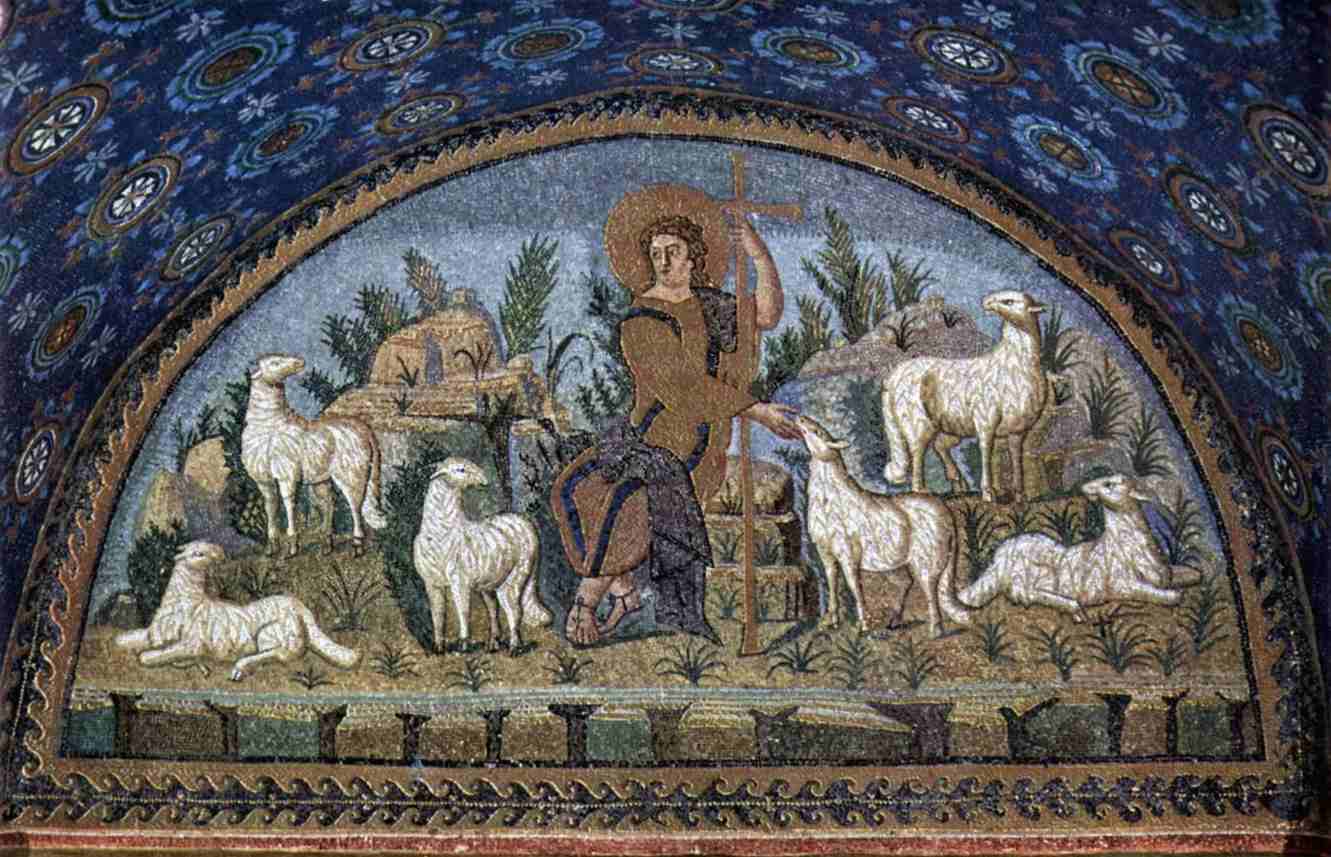
From the tomb of the Roman Empress Galla Placidia in Ravenna (5th century AD) comes a depiction of Jesus as a young man with a flock of sheep. Jesus was often depicted as a god of shepherds in ancient Rome, similar to Hermes or Pales.

Featuring Byzantine armor and a purple robe, this 6th-century AD mosaic from the Italian city of Ravenna depicts Jesus as a triumphant monarch. The wearing of a tyrian purple robe with gold thread detailing denoted a position of authority in ancient Rome. This is one of the rare depictions of Jesus with braided hair.
The Look of Jesus Varied Around the World
In response to the European Jesus, other nations crafted their own depictions of Jesus, tailoring his look to suit the norms of the local community in terms of clothes, hairstyle, traits, skin color, and facial features.
Local “Jesuses” such as the Ethiopian, Persian, Chinese, Korean, Haitian, Indonesian, Afro-American, or Indian Jesus evolved alongside the standard European Jesus with a fair complexion and long brown/blonde hair, although they have nothing in common with the original model.
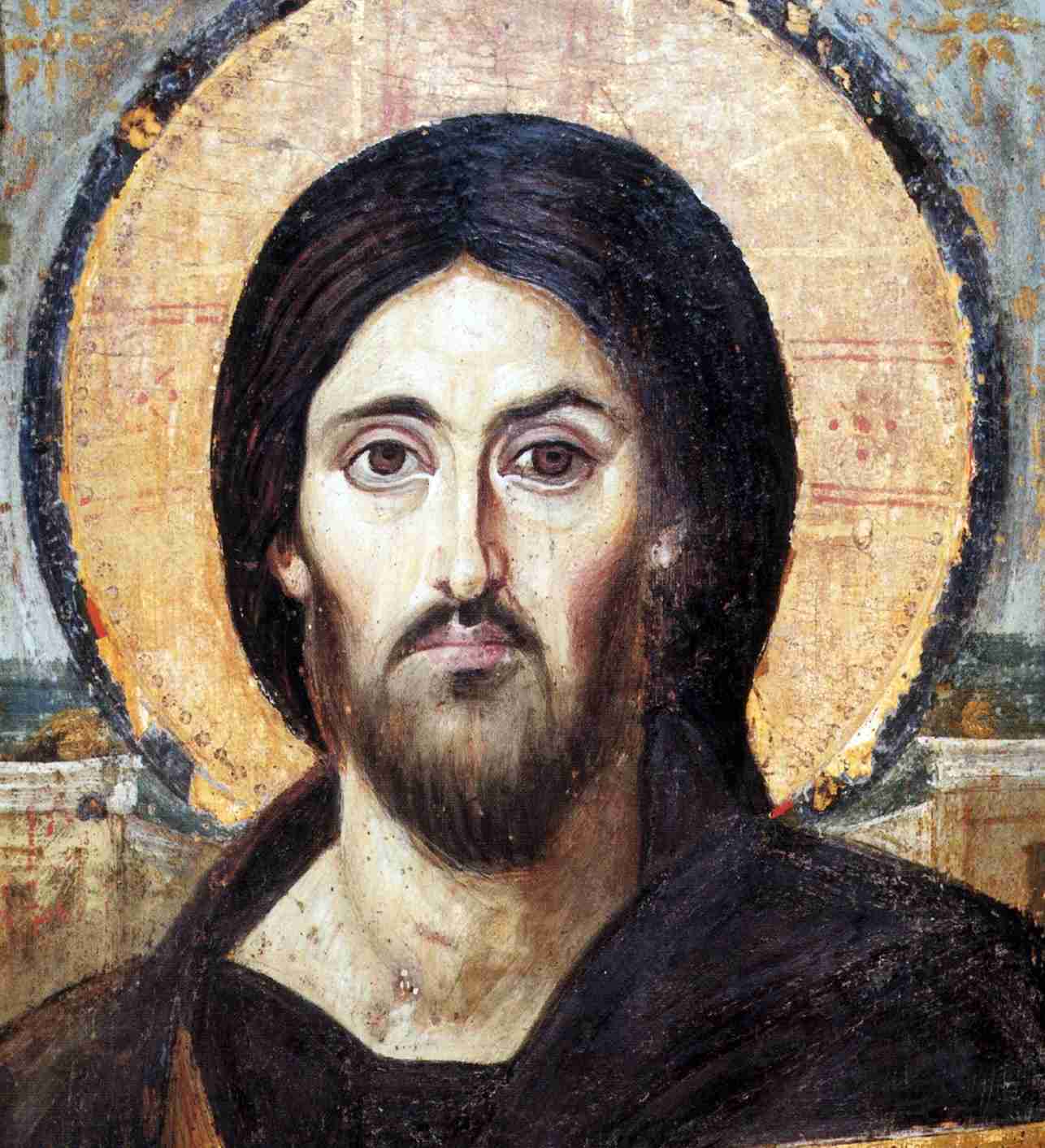
St. Catherine Monastery’s (565 AD) Icon of Jesus of Byzantium in Sinai. This is one of the later depictions of Jesus, as it is from the 6th century.
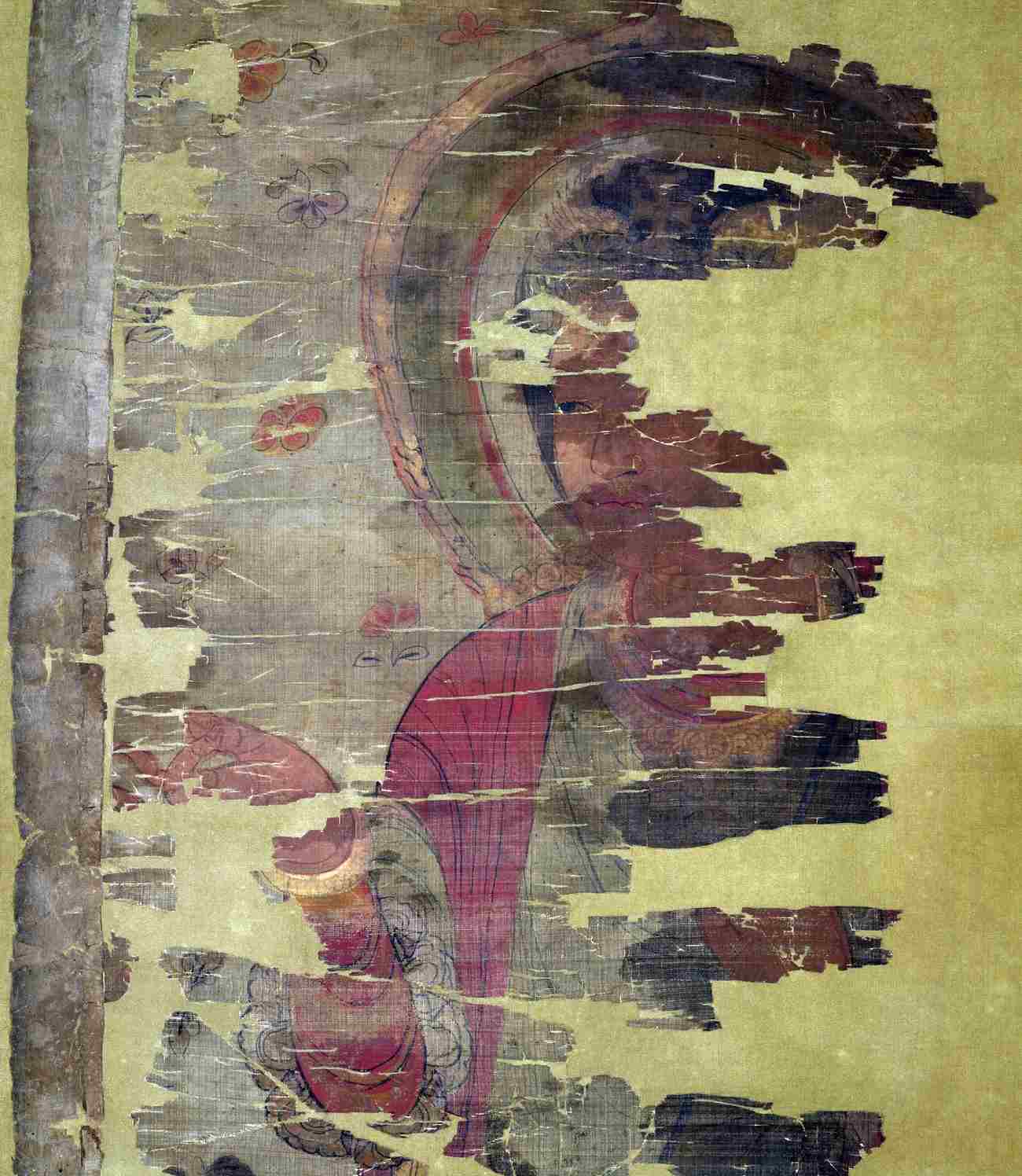
A 9th-century silk artwork of Jesus from China’s Mogao Caves. The Mogao Caves are a network of 500 temples in Gansu province, China. The nearby city of Dunhuang is an oasis at a religious and cultural crossroads on the Silk Road.

10th-century Uyghur depiction of Jesus on a banner for a Manichaean sanctuary in Qocho or Kara-Khoja. Also known as Idiqut, it was a Uyghur kingdom created in 843.

Bishop Conrad IV of Tann’s 1220 painting of a northern European Jesus for the Speyer Evangeliary. It is an illuminated gospel book dating back to the 11th century, also known as the Codex Aureus of Speyer or the Golden Gospels of Henry III.
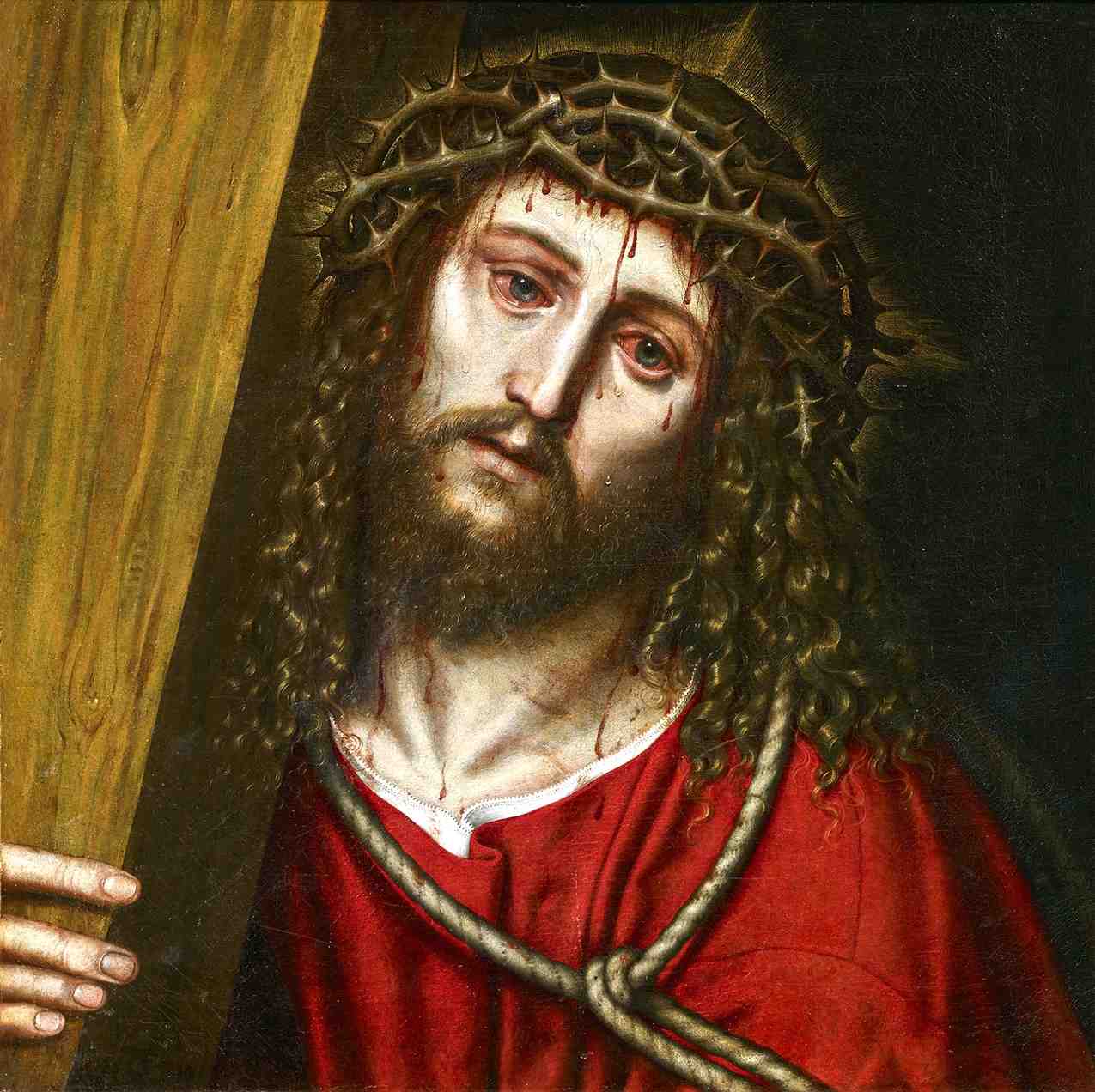
Niccolo Frangipane’s 1574 depiction of the European Jesus. The picture is owned by the Museo Carmen Thyssen in Malaga, Spain.

One of the rare examples of an Islamic Jesus. This is a Persian miniature from about 1580 depicting Jesus and his followers eating together.
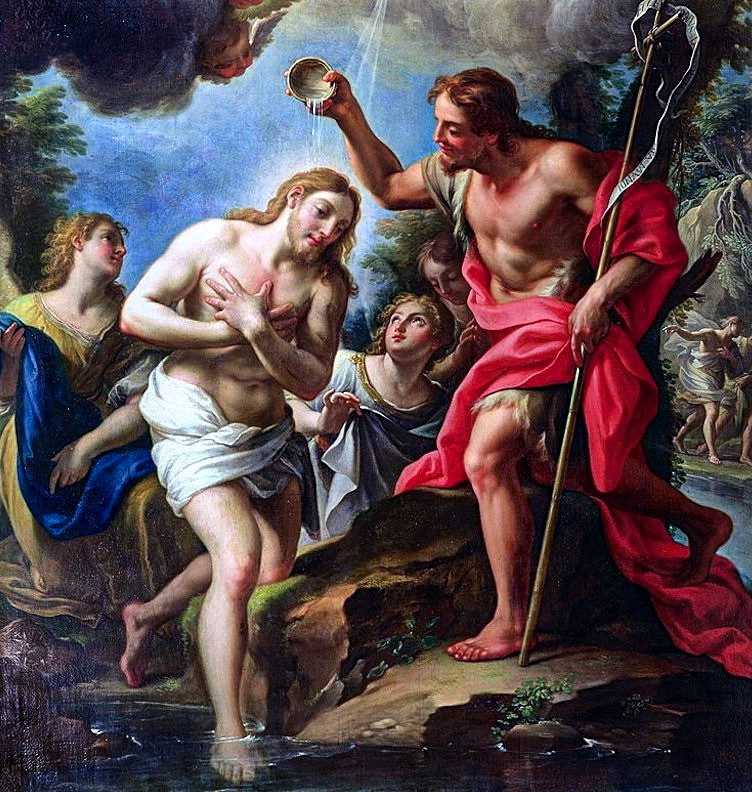
This is a painting by Northern European artist Francesco Trevisani from 1723 depicting Jesus and John the Baptist. In this Italian painting, the appearance of Jesus is completely transformed into that of a European figure.
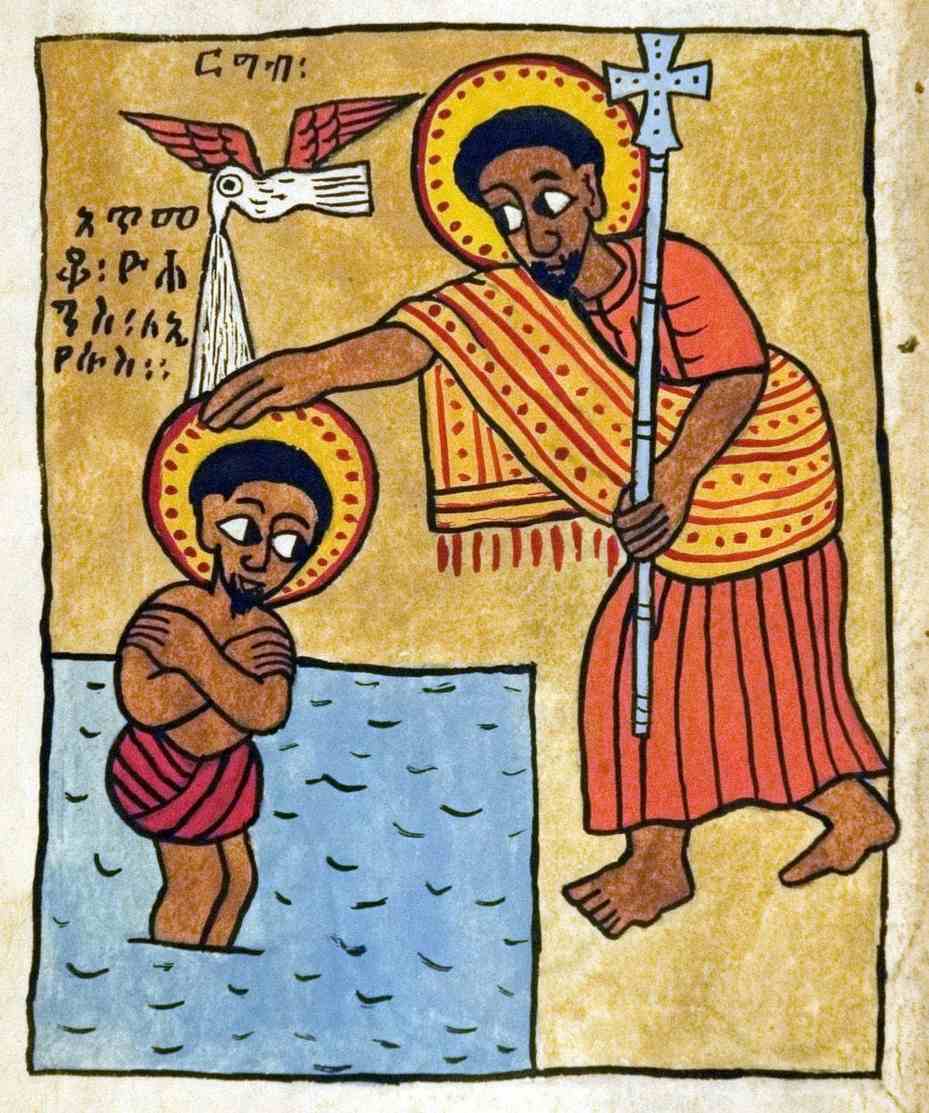
Jesus and John the Baptist on the African continent, as seen in a 20th-century Ethiopian Psalter.
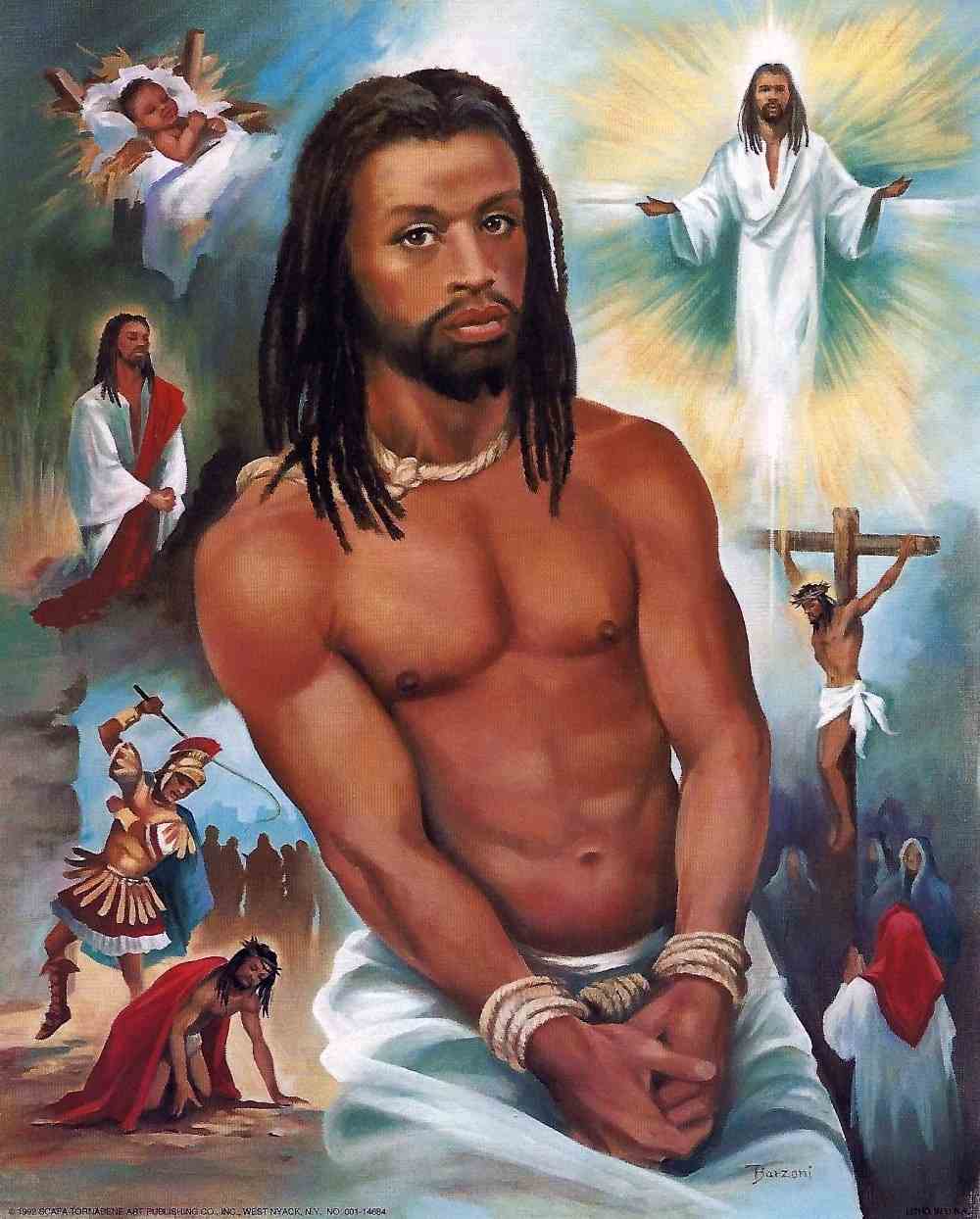
In a picture from the 20th century, Vincent Barzoni depicts an Afro-American Jesus. Barzoni is known for many of his similar depictions of Jesus.
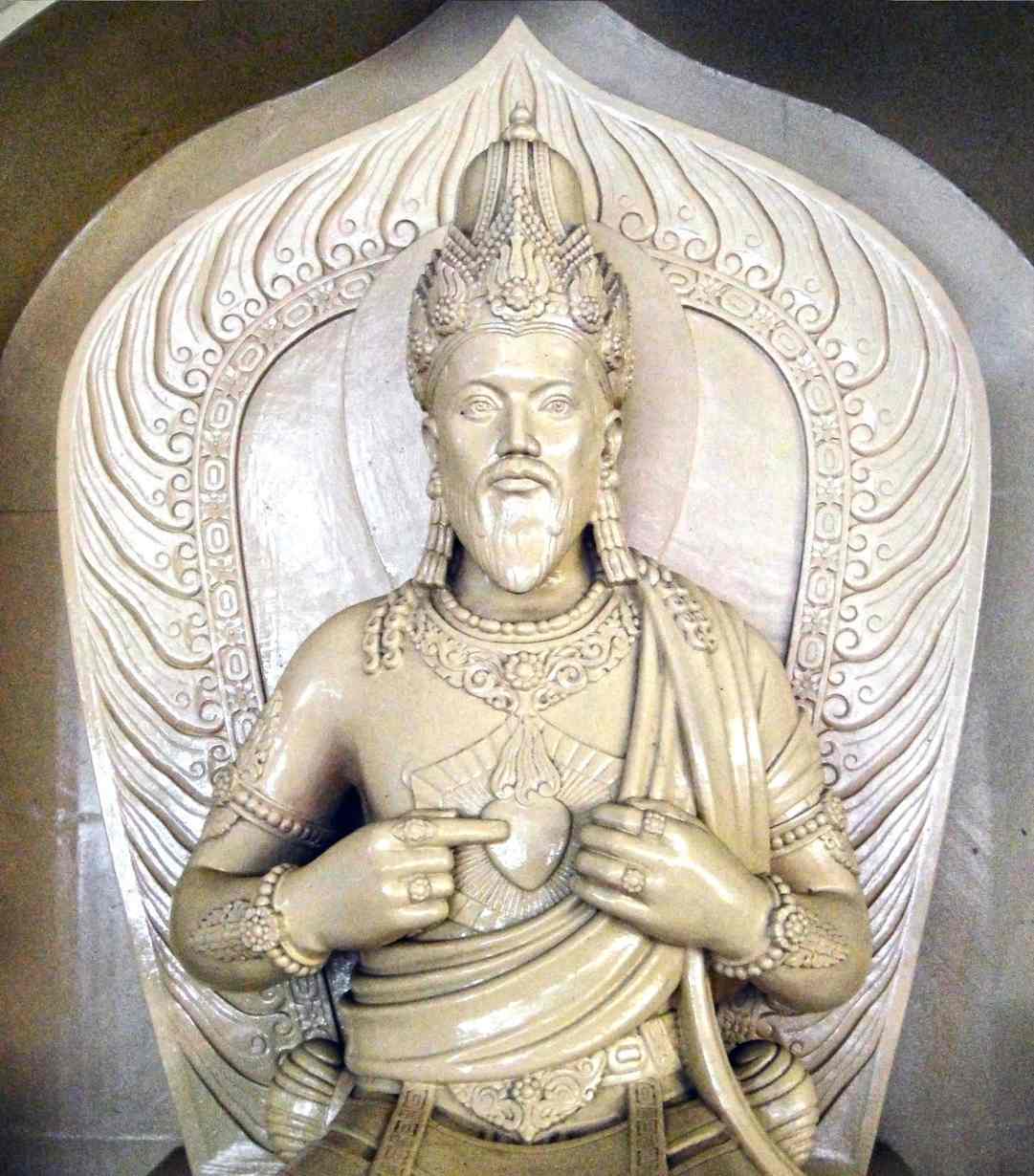
The Javanese Jesus is located at the Sacred Heart of Jesus Catholic Church in Ganjuran, Indonesia. The statue is dated to c. 1927–1930.

The Chinese painter Bai Huiqun’s picture from the 1930s or 1940s depicts Jesus Christ of China with two ladies.
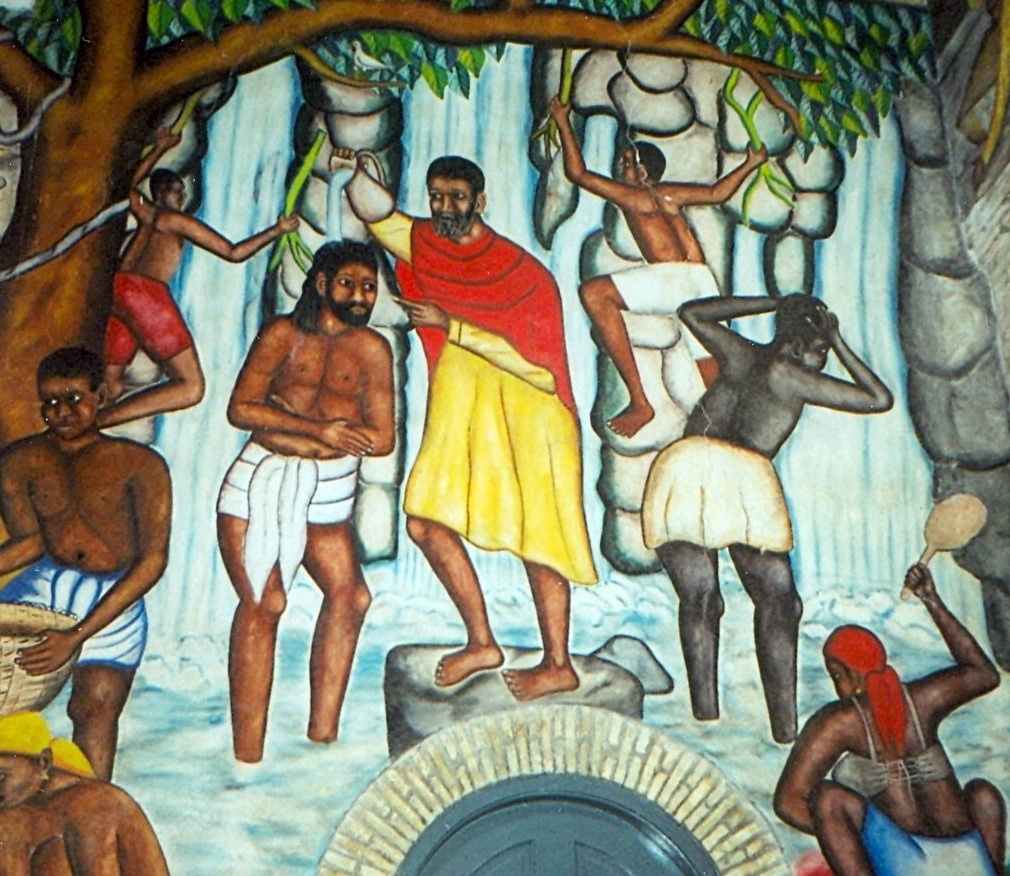
Haitian Jesus and John the Baptist in local dresses. A painting in the Cathédrale de la Sainte-Trinité of Port-au-Prince, Haiti, about the 1950s.

Korean Jesus, as shown in a 1962 artwork by Korean artist Jang Un-sang.

A painting by John Giuliani from 1997 depicts Jesus in Navajo garb as a Navajo Indian.
The Real Appearance of Jesus According to Science
Exactly how did Jesus really appear? We can’t say for sure since no one has ever painted a lifelike painting of him. However, it is possible to reconstruct the typical look of the ancient Jewish community in Galilee.
The genetic and anatomical examinations of bone findings allow us to make judgments about the likely appearance of Jesus. He presumably shared his family’s light brown eyes, wavy or curly black hair, and overall look with his close relatives.
The only way to know for sure is to conjecture, but given his cultural background, a short beard is also a safe bet. There are two more recent depictions of Jesus that may not be too far off the mark when it comes to his real look:

The more likely appearance of Jesus while he was alive. This is according to the reconstruction of a male Galilean from the 1st century AD.
There is no way to tell for sure what Jesus looked like since neither his body nor any contemporaneous art has been preserved. Based only on bone discoveries and descriptions, all we can do is speculate on what an ordinary man from his native nation could have looked like in his lifetime.
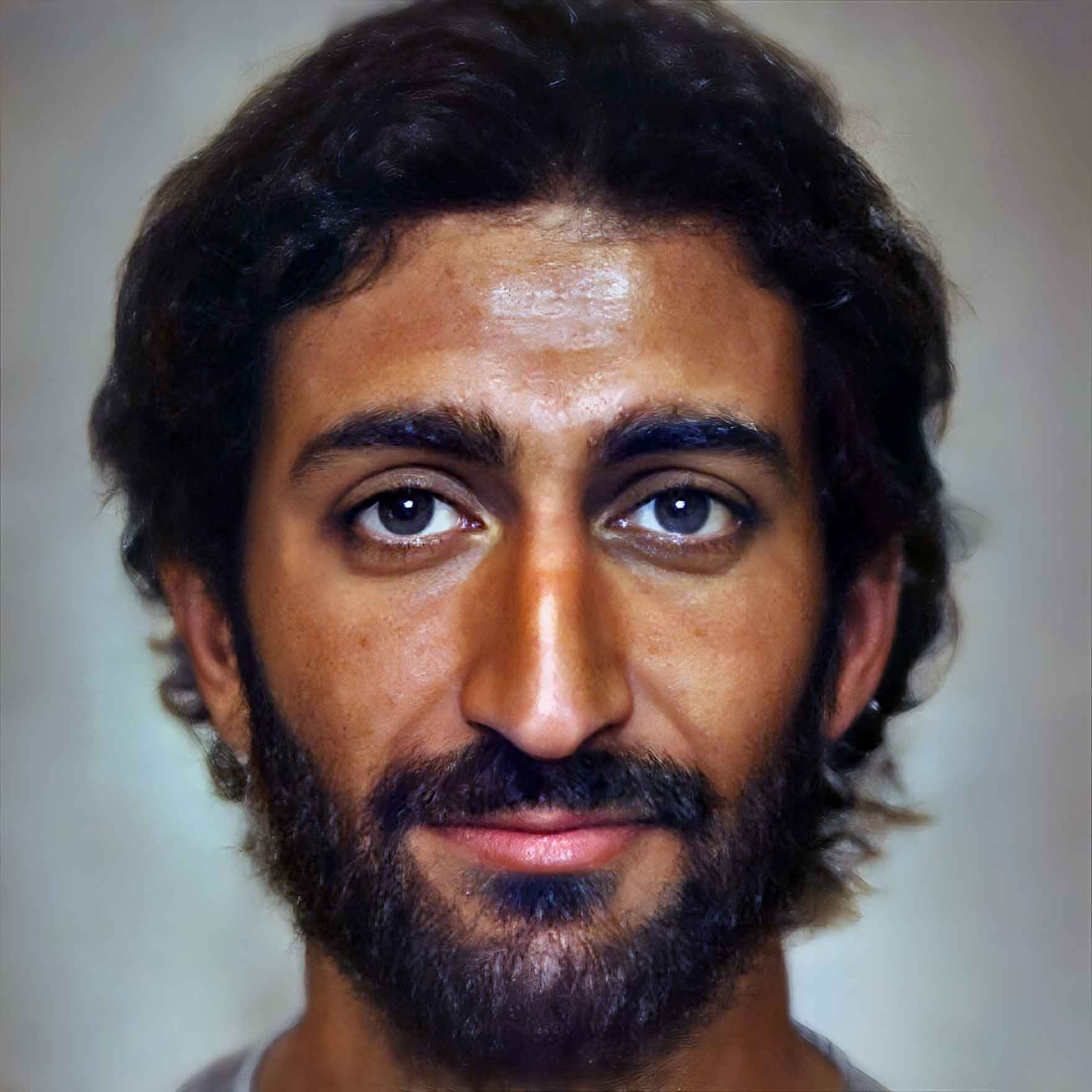
The above image, on the other hand, is more of an idealized look at Jesus by a Dutch photographer named Bas Uterwijk. It is still more accurate than the European Jesus.
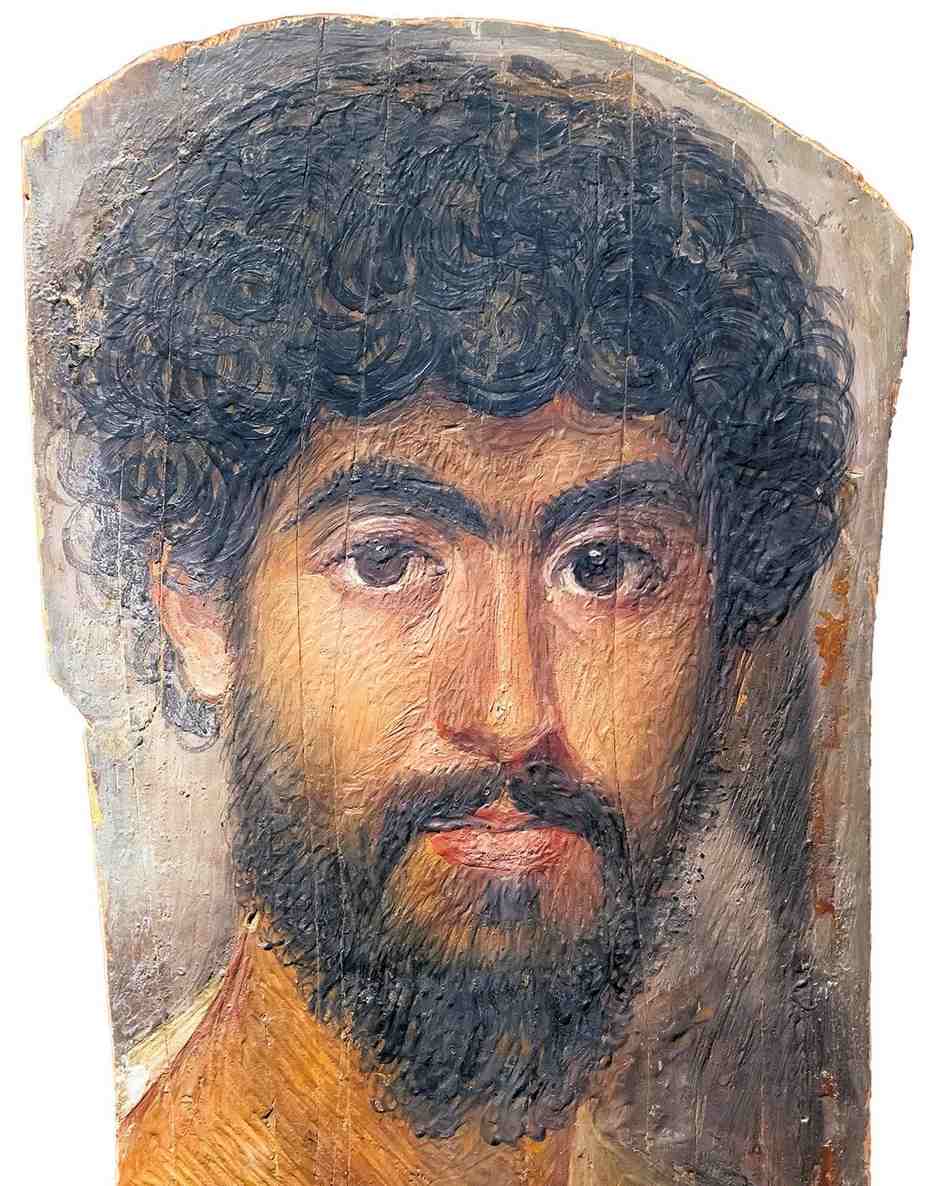
This antique portrait is likewise quite similar to the reconstructed image of Jesus. However, the man represented is not from Galilee. It is an Egyptian mummy portrait of a bearded man from Faiyum, Egypt, c. 161–180 AD.
Evidence from Today
The ancient Levantine culture was radically different from that of the present Western world. The ordinary ancient Israeli was significantly more brown than the average modern Westerner because they spent so much time outside working or traveling in the scorching Mediterranean heat.
This was particularly true of men like Jesus, who traveled a lot, while King Herod, who most likely spent his time inside, had a significantly paler complexion. This is especially apparent in the looks of some modern-day Israeli shepherds, who live much as their ancestors did:



